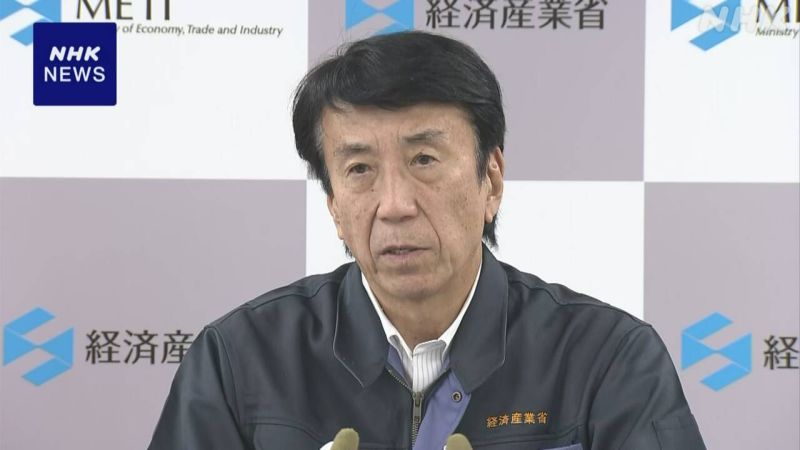A Simple Explanation Of Eurovision Song Contest Voting

Table of Contents
The Two-Part Voting System
Eurovision Song Contest voting isn't just about public opinion; it's a sophisticated blend of professional judgment and audience enthusiasm. The system is split 50/50 between two key components: professional juries and public televoting. This dual approach aims for a balanced representation of critical acclaim and popular appeal, ensuring a fairer and more comprehensive result.
- Professional juries: Composed of music industry experts in each participating country, these juries provide a critical assessment of the songs. Their expertise offers a level of objectivity beyond simple popularity.
- Public televoting: This allows viewers across Europe and beyond to vote for their favorite entries, ensuring the popular voice is heard loud and clear. The sheer volume of votes generates a powerful reflection of audience preferences.
- The 50/50 split: This crucial balance prevents either the critics or the public from dominating the results, creating a truly representative outcome. It makes the Eurovision Song Contest voting system unique in the world of televised competitions.
How the Jury Votes
The Eurovision juries operate independently and anonymously. Each jury member scores each song (except their own country's entry) according to a set of criteria. This ensures fairness and reduces the potential for bias.
- Independent Scoring: Each juror awards points individually, typically on a scale of 1-8, 10, and 12 points, reflecting their preference for each performance.
- Scoring Criteria: Jurors consider various factors, including vocal performance, song composition, staging, originality, and overall artistic impression. The judging criteria aim for a holistic assessment of the artistic merit of each performance.
- Aggregation of Scores: The individual scores from each jury member are aggregated to create a single national jury ranking for each country. This aggregated score is then submitted and combined with the televoting results.
How the Public Votes
Public televoting is a significant element of Eurovision Song Contest voting, directly reflecting the preferences of viewers across the participating countries. Viewers can cast their votes using various methods:
- Televoting Methods: Viewers typically vote via telephone, SMS text message, or dedicated Eurovision apps. The specific methods vary from country to country, ensuring accessibility for a wide range of viewers.
- Voting Restrictions: A crucial aspect of the voting process is that viewers cannot vote for their own country's entry. This rule prevents potential bias and ensures fairer competition among participating acts.
- Point Allocation: After the voting window closes, the votes are tallied for each country. The top ten songs in each country receive points, typically following the same point allocation system as the juries (1-8, 10, 12). This ensures a clear and transparent outcome.
Combining Jury and Televote Scores
Once both the jury and televoting results are collected, the final scores are calculated in a straightforward manner. The equal weighting of both components is crucial.
- Separate Calculations: The jury and televote scores for each song are calculated separately within each participating country. This ensures that both aspects of the voting process are given equal importance.
- Equal Weighting (50/50): The jury score and the televote score are then added together, creating a final score for each song. This crucial 50/50 split ensures a balance between professional judgment and audience preference.
- Determining the Winner: The country whose song receives the highest combined score across all participating countries is declared the winner of the Eurovision Song Contest.
Addressing Common Misconceptions about Eurovision Song Contest Voting
Several misconceptions surround Eurovision Song Contest voting. Let’s address some of the most common ones:
- Voting Manipulation: Robust security measures are in place to prevent voting fraud. Independent verification processes help ensure the integrity of the results.
- Neighboring Country Voting: While there might be a tendency for neighboring countries to vote for each other due to cultural proximity, this is mitigated by the combined jury and televote scores, preventing it from being a deciding factor.
- Bias and Fairness: The combined system of jury and public voting minimizes the potential for bias. The sheer volume of votes from across Europe makes large-scale manipulation practically impossible.
Conclusion
Understanding Eurovision Song Contest voting requires understanding the careful balance between professional judgment and popular opinion. The 50/50 split between jury and televote ensures a fair and engaging competition. From the individual scores of juries to the collective voice of the public, the process builds to a thrilling climax. Now that you’ve learned the fundamentals of Eurovision Song Contest voting, you can fully appreciate the intricate process and the hard-earned victory of the winning entry. So, next time you watch, you'll have a deeper understanding of how your favorite act earned their points! Dive deeper into the exciting world of Eurovision Song Contest voting and discover the nuances that make it so unique!

Featured Posts
-
 Cellcom Outage Extended Recovery Expected For Phone And Text Services
May 19, 2025
Cellcom Outage Extended Recovery Expected For Phone And Text Services
May 19, 2025 -
 Handlekraftige Naboer Rydder Soppel Et Eksempel Pa Lokalt Engasjement Mot Forsopling
May 19, 2025
Handlekraftige Naboer Rydder Soppel Et Eksempel Pa Lokalt Engasjement Mot Forsopling
May 19, 2025 -
 Kibris Ta Direkt Ucuslar Tatar In Son Soezleri Ne Anlama Geliyor
May 19, 2025
Kibris Ta Direkt Ucuslar Tatar In Son Soezleri Ne Anlama Geliyor
May 19, 2025 -
 Mensik El Campeon De Miami Y Un Almuerzo Que Cambio Todo
May 19, 2025
Mensik El Campeon De Miami Y Un Almuerzo Que Cambio Todo
May 19, 2025 -
 Trump Administrations Impact On Library Funding And Staffing
May 19, 2025
Trump Administrations Impact On Library Funding And Staffing
May 19, 2025
